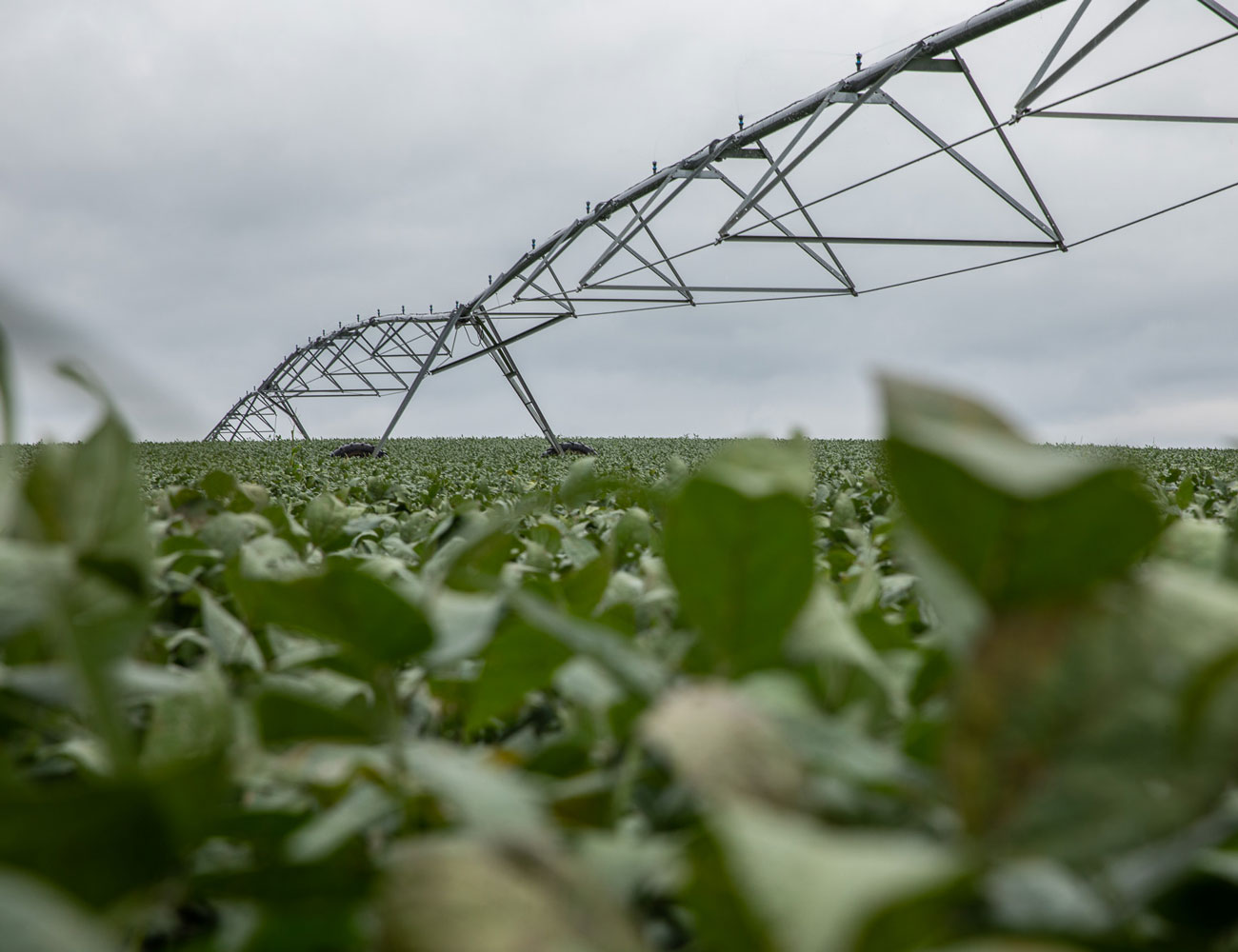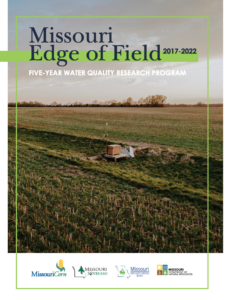WATER QUALITY MANAGEMENT
Protecting a critical resource
Water is one of the most important resources. Thoughtful farming practices can protect and improve water quality.
Timely moisture is key to productive crops
Adequate water is most important to soybeans throughout the growing season, but is most critical during the pod development and seed fill stages.
The Edge Of Field Monitoring Project
Through the investment of the Missouri Soybean and Missouri Corn Merchandising Councils, the Edge of Field (EoF) Water Quality Research Program was a farmer-driven collaboration conducted from 2017 through 2022. The goals of this five-year research were to (1) quantify the effectiveness of on-farm practices, (2) demonstrate the benefits of voluntary agricultural conservation, and (3) support water quality efforts aimed at meeting state soil and water stewardship goals. While these results may not be applicable to all fields and conditions in Missouri, they represent typical farming practices that are transferable to most conventional farms.
Click here for the full report detailing the results of the 5-year comprehensive research.
Best management practices protect water quality
While being careful with water use and crop inputs helps water quality, there are best management practices that farmers put in place to further care for water sources.

Grass waterways and buffer strips
By building grass waterways and buffer strips around fields and streams, farmers add a natural filter that slows water runoff, traps sediment and enhances infiltration.
Conservation tillage
No-till, reduced-till and vertical tillage systems leave crop residue on the field after harvest, creating a barrier that protects soil from wind and water erosion. This also decreases soil in water runoff.
Cover crops
Between soybean growing seasons, farmers can plant cover crops such as cereal rye or wheat to further protect soil from heavy rainfall and erosion.
Water isn’t just important to farming
Farmers live in their communities, too, and want to ensure that enough clean water is available for everyone.
